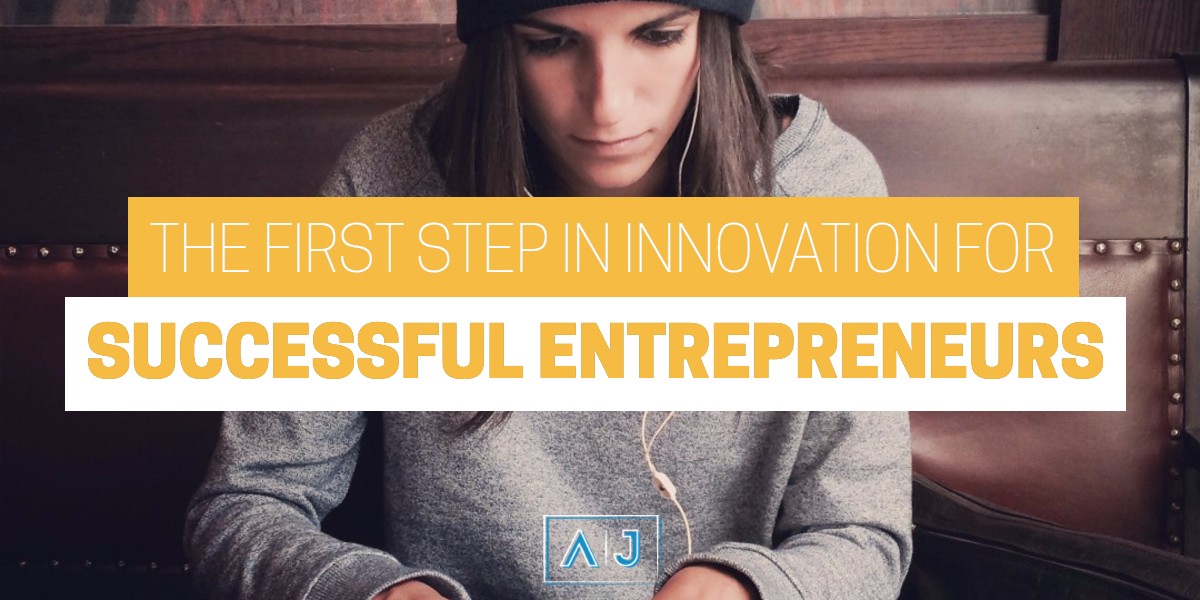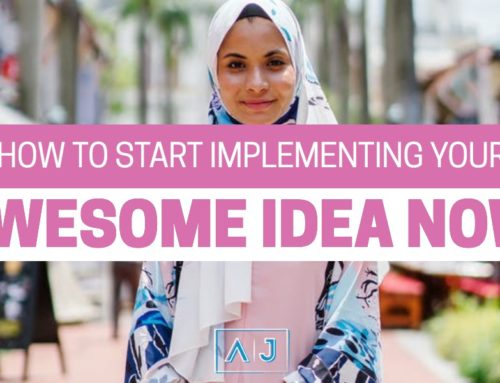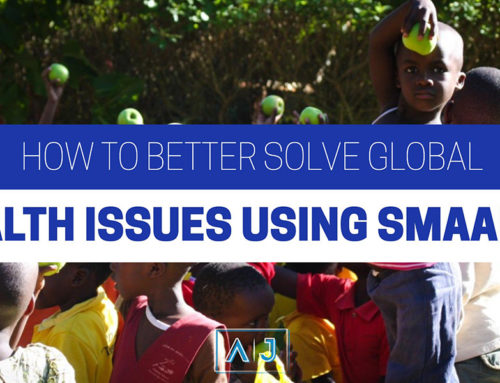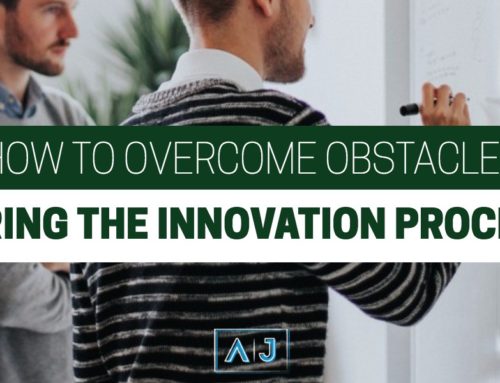My last few posts have been detailing the process to take your idea from a cool thought to an actual product or service. We’ve covered:
- How to properly formulate your idea
- Why research is essential
- Ways to overcome obstacles when innovating
At this point, you can give your brain a break from thinking so hard. You’ve laid a solid foundation and now you’re ready to prototype.
Manifesting your hard work.
Prototyping is basically your first draft. You’ll create the physical manifestation of the previous three steps. If you’re developing a product or an app, what your prototype looks like is probably pretty obvious as the first three phases would have included design.
If, however, you’re providing a service, the idea of a prototype might seem more nebulous. Let’s say, for example, you’re creating a network of qualified coaches to provide job specific training to recovering addicts so they can acquire skills that set them up for success.
Sure, you could build a prototype of your infrastructure—perhaps a website, an application process, and a coach-matching service. Those are all important to the viability of your solution. But to truly test your idea, you need people to actually use your service.
This type of testing is commonly referred to as a pilot. You may have heard of pilots in relationship to television or training—the concept also applies to deploying services. Your prototype would be a pilot run of your service.
Often times, you offer your service for free or at a discount in exchange for honest feedback and publishable reviews. What’s imperative here is that you have the right number of people participating and that they represent your ideal consumer-base. If your goal is to help brand-new recovering addicts, you want to reach out to rehab facilities rather than finding someone who is already ten years sober and working in a career they love. You also can’t say your data is valid if only three people experience your pilot. Statistically speaking,
you want a minimum of thirty participants for any statistical analysis to be valid. The more, the merrier.
If finding that number of people to participate is a barrier (usually for money reasons), do the absolute best you can. You may want to consider finding investors if you haven’t already. There are a lot of people out there who only need a developed and convincing business plan to invest their dollars. If you’ve completed Steps 1-3 (outlined above), you have all you need to put a plan and proposal together.
Though including the right people in your pilot may seem obvious, there are cases where you may not have as clear of an idea of your ideal audience. In my own work, I am constantly working to refine who my audience is. At a high-level, I want to help anyone with a big idea turn it into reality. The truth of the matter is, that’s too broad. I won’t be able to prototype or pilot to everyone. It’s up to me to choose the demographic I believe will benefit most and test it.
Prototyping is all about testing, not proving.
You’ve poured all your heart, blood, sweat, and tears into this thing, so it will be very tempting for you to tailor your prototyping process toward proving it works. You’ll want to see the best in what you’ve created—and you should. Just not to the detriment of what still needs improvement.
The same approach you took in your research is the approach you should take here. You’re testing your concepts as they currently exist and collecting the results. Then, you’ll evaluate them.
- What’s working really well?
- What’s mostly working?
- What’s not really effective?
- What flat out has to go?
Keep in mind, finding errors with your prototype is expected. If you don’t find any, it probably means you’re not doing it right. Errors do not equal failure! Remember—you’re providing a product or service to fix someone else’s problem, not feel important or stroke your own ego. While a positive outcome might do both of those things, it shouldn’t be your goal. Your goal is to create a viable solution that really works.
Knowing when your prototype is ready.
There is such a thing as over-testing. Nothing is ever perfect, or ever will be (objectively speaking). Your concept will continue to grow and evolve as you, the world, and your consumer do, so don’t worry about ironing out every little wrinkle.
I like to use the 90-10 rule here. If 90% of the functionality is as intended, and I can band-aid the other 10% for launch, I’m ready to go into production. Think about any software you’ve used lately—they release their 90% there solution, then roll out smaller updates over time to patch bugs or add new features. I encourage you to take the same approach.
As a disclaimer, if your almost-there 10% detracts from the 90% in a significant way, you may be in trouble because, to the consumer, it won’t feel 90-10. That’s why feedback is crucial. It might seem tiny to you, but if most of your users scream about it, it’s a big deal and should be addressed. You don’t want to be like those companies with a mile long disclaimer about how a “small percentage of participants experienced [insert horrible, ominous side effect]”
Rebuild and retest your prototype as many times as you need—there’s no right number of times. I will suggest that if you go through rebuild three and you’re still approaching everything the exact same, it may be time to try something new. Don’t be afraid to consult with peers or a mentor if you’re feeling stuck. It’s all a natural part of this process and your growth as an entrepreneur!
In my next post, we’ll discuss the next step, deployment (aka, launching your idea).
Get your idea out into the world.
My passion is helping you create your product or service. I’ve worked for years in public health and seen how many wonderful ideas there are in the world. There’s certainly no lack of dreaming. There is, sadly, a lack of know-how and follow-through. Which is why I’ve created a free Guide for Creating Global Solutions. It outlines my 6-step proven approach to turning your idea into a reality.
Click subscribe, fill out the form, and you’ll receive an email with the guide. I’m also hard at work on launching my technology platform, SMAART, which is designed to help you organize your research and data, as well as develop any technology needs, all in one solution. Like I said, I’m passionate about helping you make your ideas a reality, so I’m building a one-stop-shop for people just like you!


















Leave A Comment